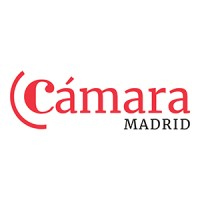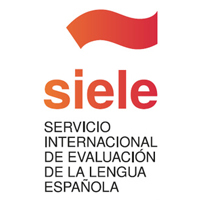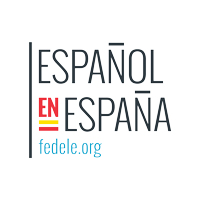Here are some quick and easy rules as to when to use each word
When you started learning Spanish, you probably realised quite quickly that you needed to ask a lot of questions – ¿Cómo te llamas?, ¿Qué te gusta hacer? and many more. One thing you might (not!) have noticed is how the Spanish equivalents of what and which work differently. To ask for someone’s address, do you say ¿Qué es tu dirección? (What is your address?) or ¿Cuál es tu dirección? (Which is your address?). It’s ¿Cuál es tu dirección? Confused? – you won’t be after reading the rest of this blog!
Question words are basic Spanish vocabulary that you need to know, and so it’s important to get them right when speaking and writing. Let’s take a look at some points you need to bear in mind when using qué and cuál. Both of these can be translated as what and which depending on what we are trying to say. Here are some quick and easy rules as to when to use each word:
When we want to say "what"
- Qué is used to ask for definitions, time and explanations
- Cuál is more often used for asking for personal information
When we want to say "which"
- Qué can be used to ask about objects and personal preferences
- Cuál is used to ask someone to make a choice or pick from various options
Easy, right? No? Well here are some examples to give you a clearer idea
| English question | Spanish question |
| What do you want to eat? | ¿Qué quieres comer? |
| What time is it? | ¿Qué hora es? |
| What’s your address? | ¿Cuál es tu dirección? |
| What’s your favourite colour? | ¿Cuál es tu color favorito? |
| Which phone do you have? | ¿Qué móvil tienes? |
| Which museum in Madrid is the most interesting? | ¿Cuál es el museo más interesante en Madrid? |
| Which are the best restaurants in Madrid? | ¿Cuáles son los mejores restaurantes en Madrid? |
You might have spotted in the last example that cuál has changed to cuáles. Why is that? Simple – it’s because restaurants is in plural. We always have to use cuál for singular nouns, and cuáles for plural nouns. Let’s take a look at a couple of other examples using cuál and cuáles.
| Cuál | Cuáles |
| ¿Cuál es tu bolígrafo? – Which is your pen? | ¿Cuáles son los hijos de Paula? – Which ones are Paula’s children? |
| ¿Cuál es tu coche? – Which is your car? | ¿Cuáles son los peores hoteles en Madrid? – Which are the worst hotels in Madrid? |
So, to sum up, the main points to remember are that both qué and cuál can be translated as which and what depending on the question you’re trying to form. Knowing the difference means thinking carefully about the type of information you’re asking for, and you need to make sure that you use cuáles when talking about plural forms.
If this doesn’t all make sense yet then don’t worry. Taking a course here at Hablamos will help you to understand and speak Spanish in record time. Asking questions is one of the first things we learn in any new language, and our teachers will give you all the right tools to make yourself understood whatever the situation.
As with anything when studying Spanish, the best way to improve is to practise by having lots of conversations and speaking with as many people as you can. You might not get it right every time, but here in Madrid, people are very forgiving and just love to hear foreigners making an attempt to speak their language. When you come to study or live here, make sure you get out and about as much as possible. You’ll soon find yourself making loads of new friends with your beautifully formed Spanish questions.





